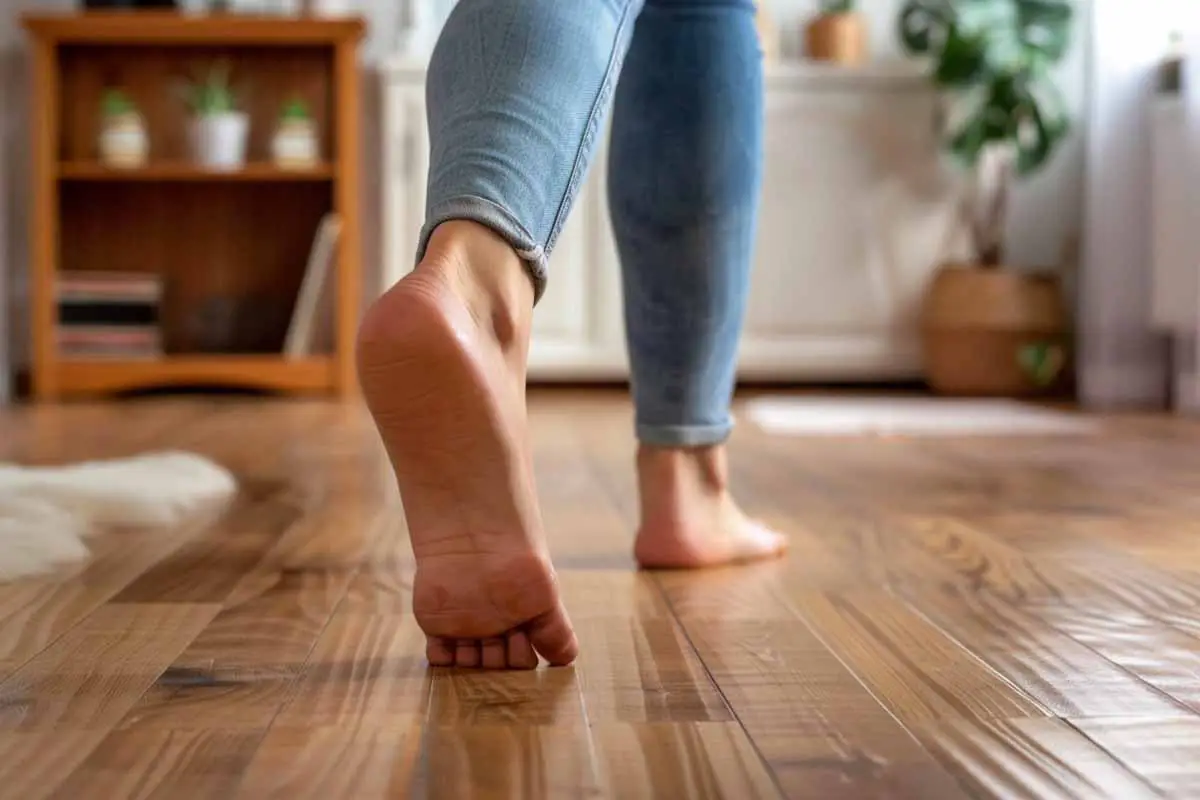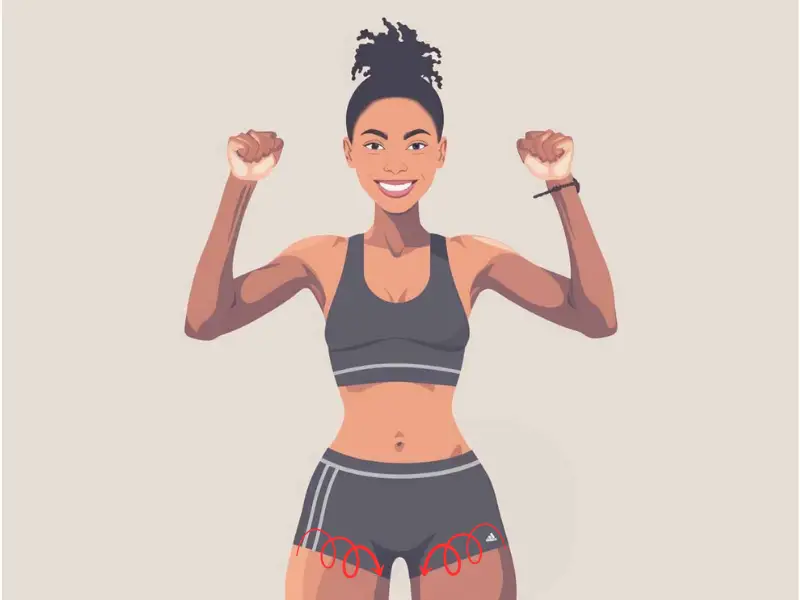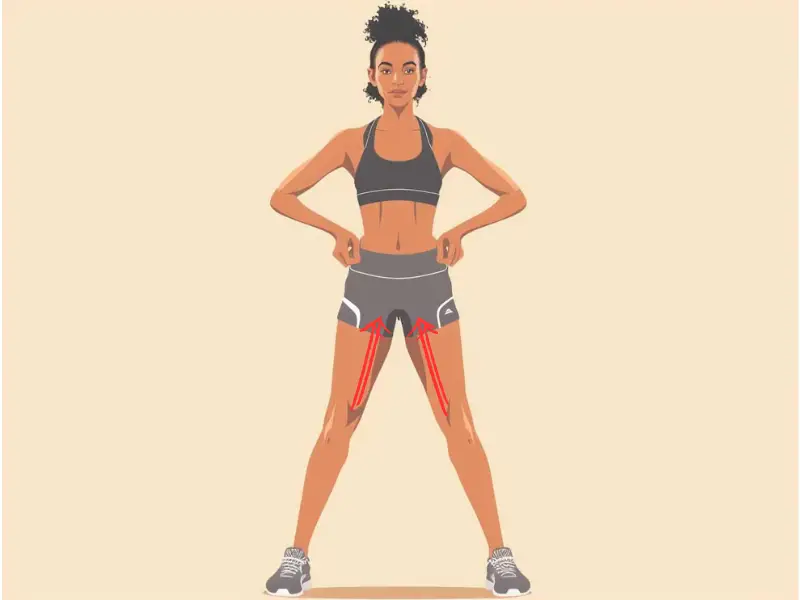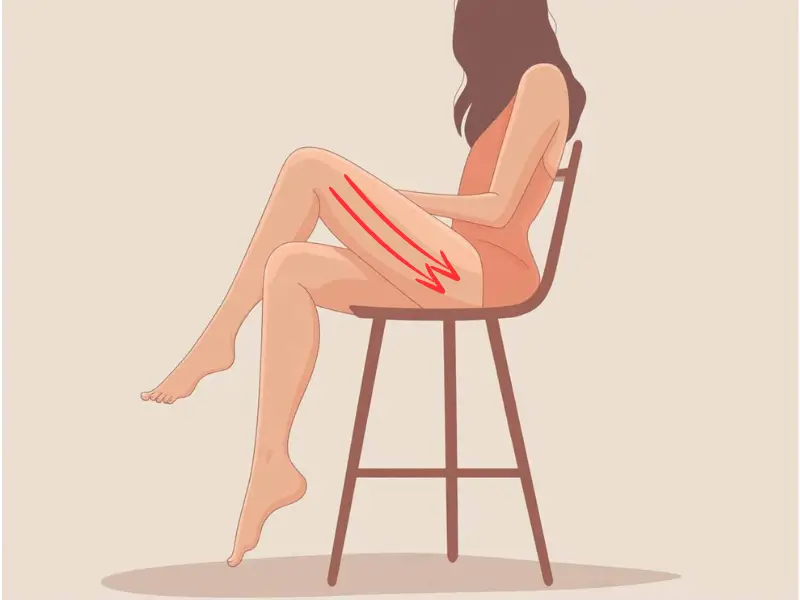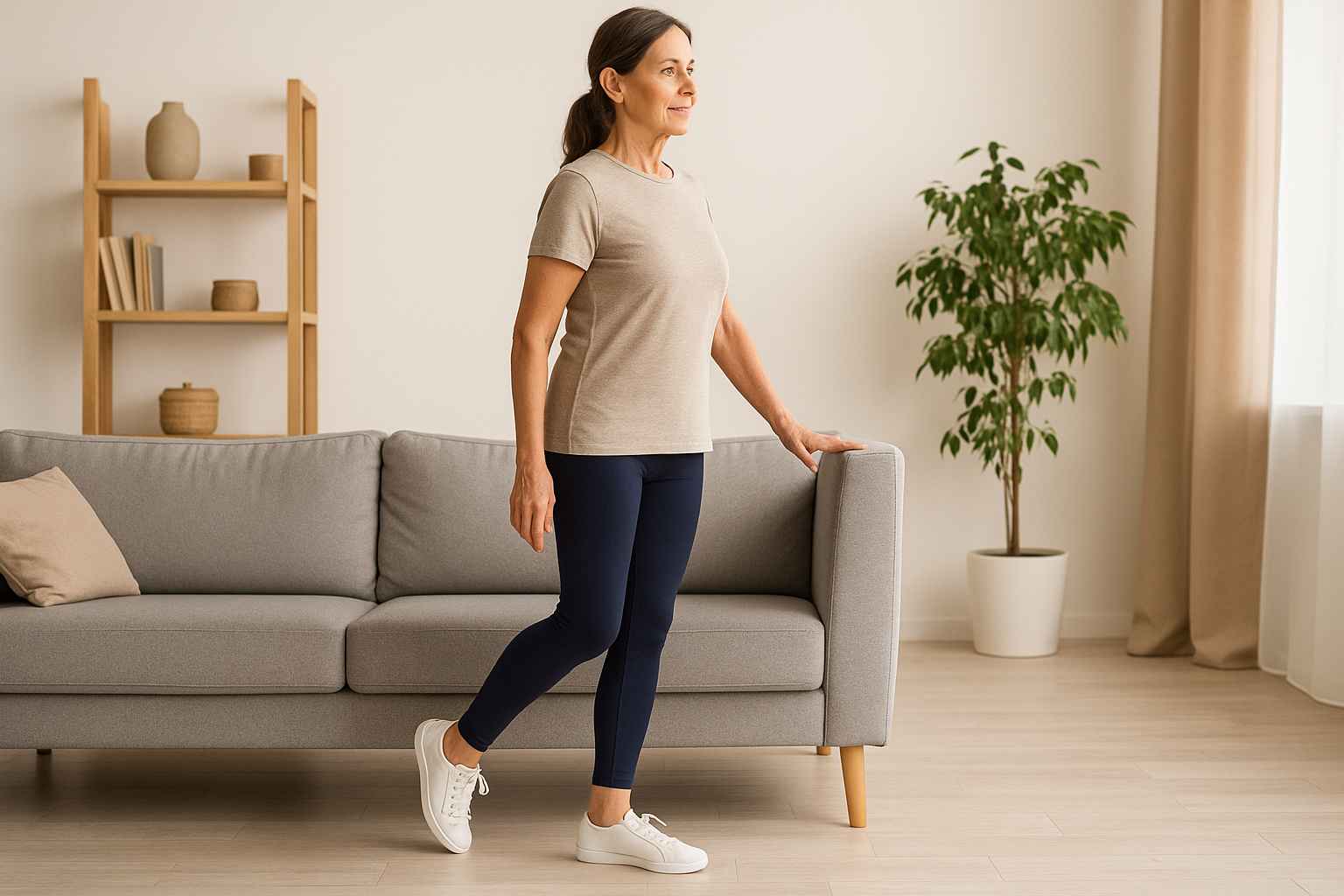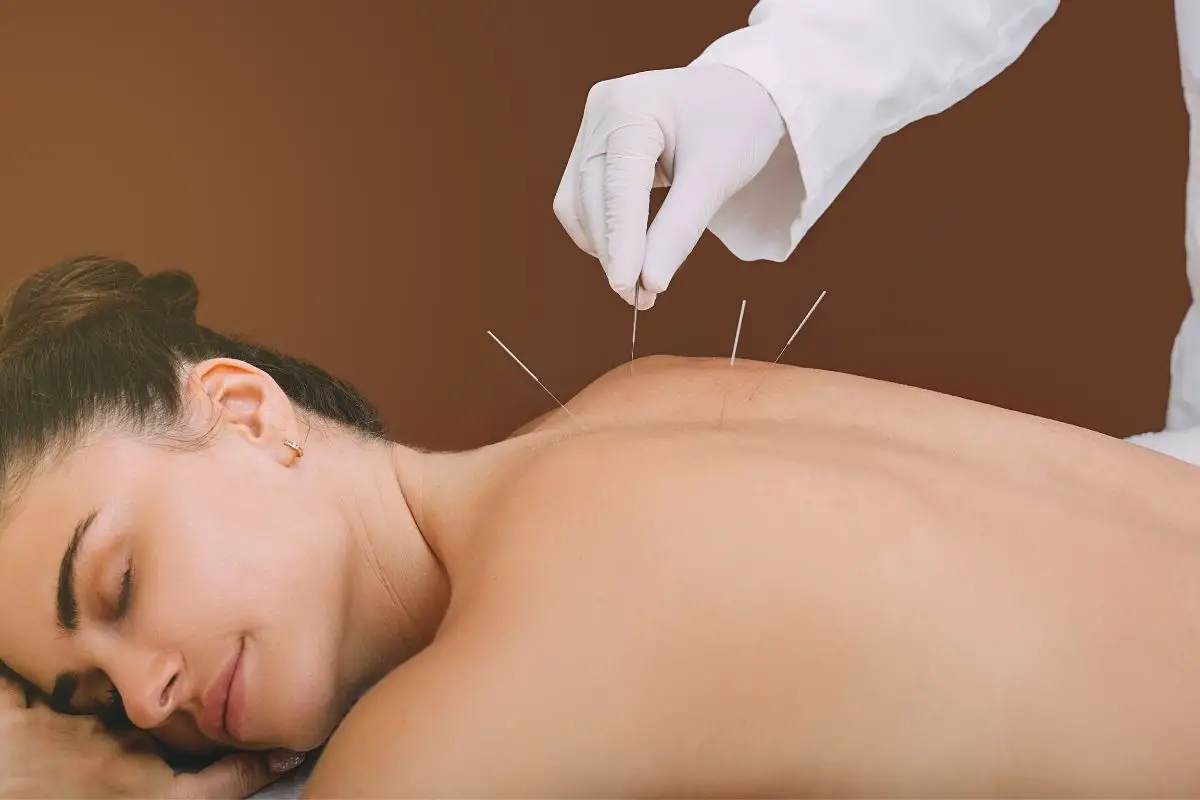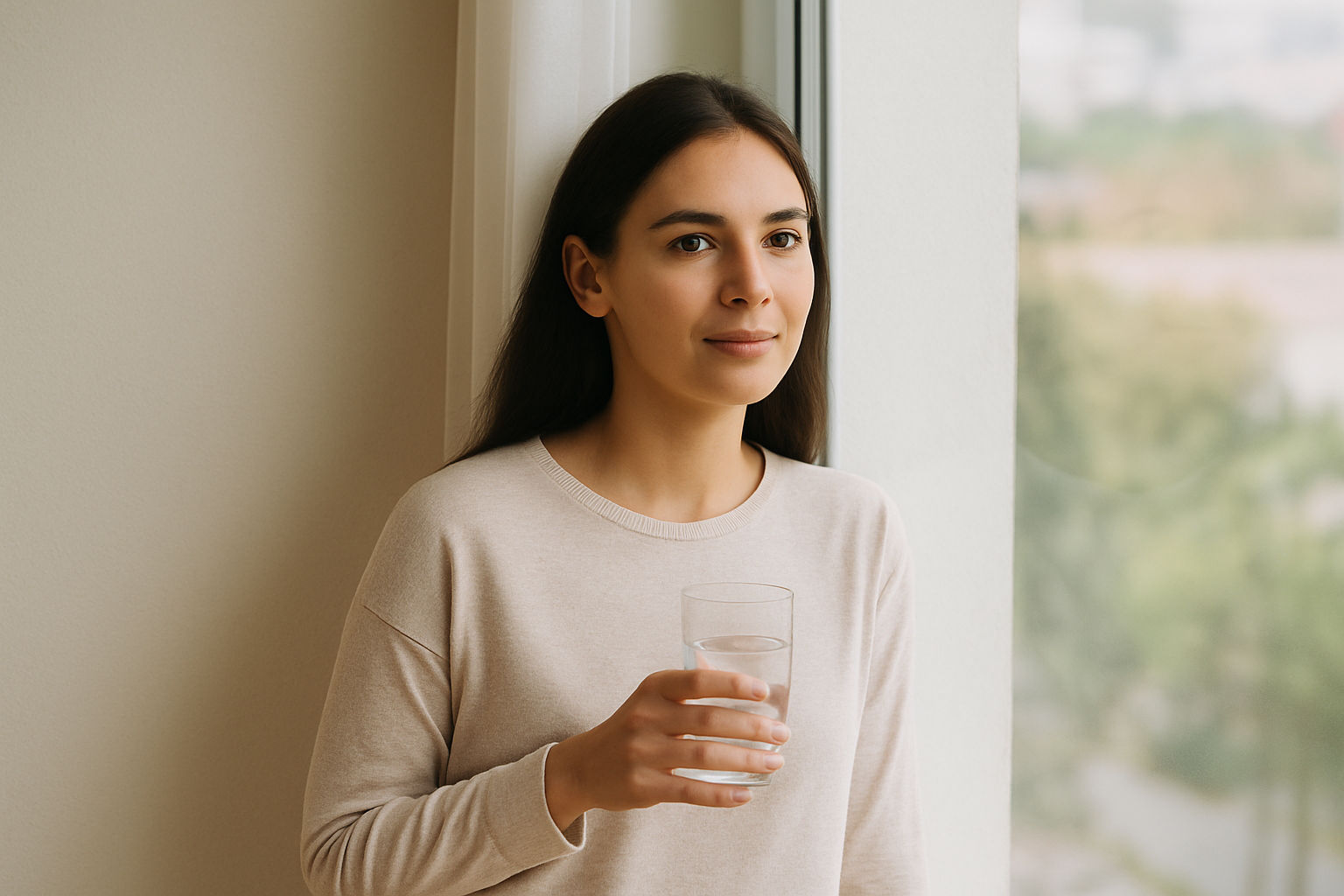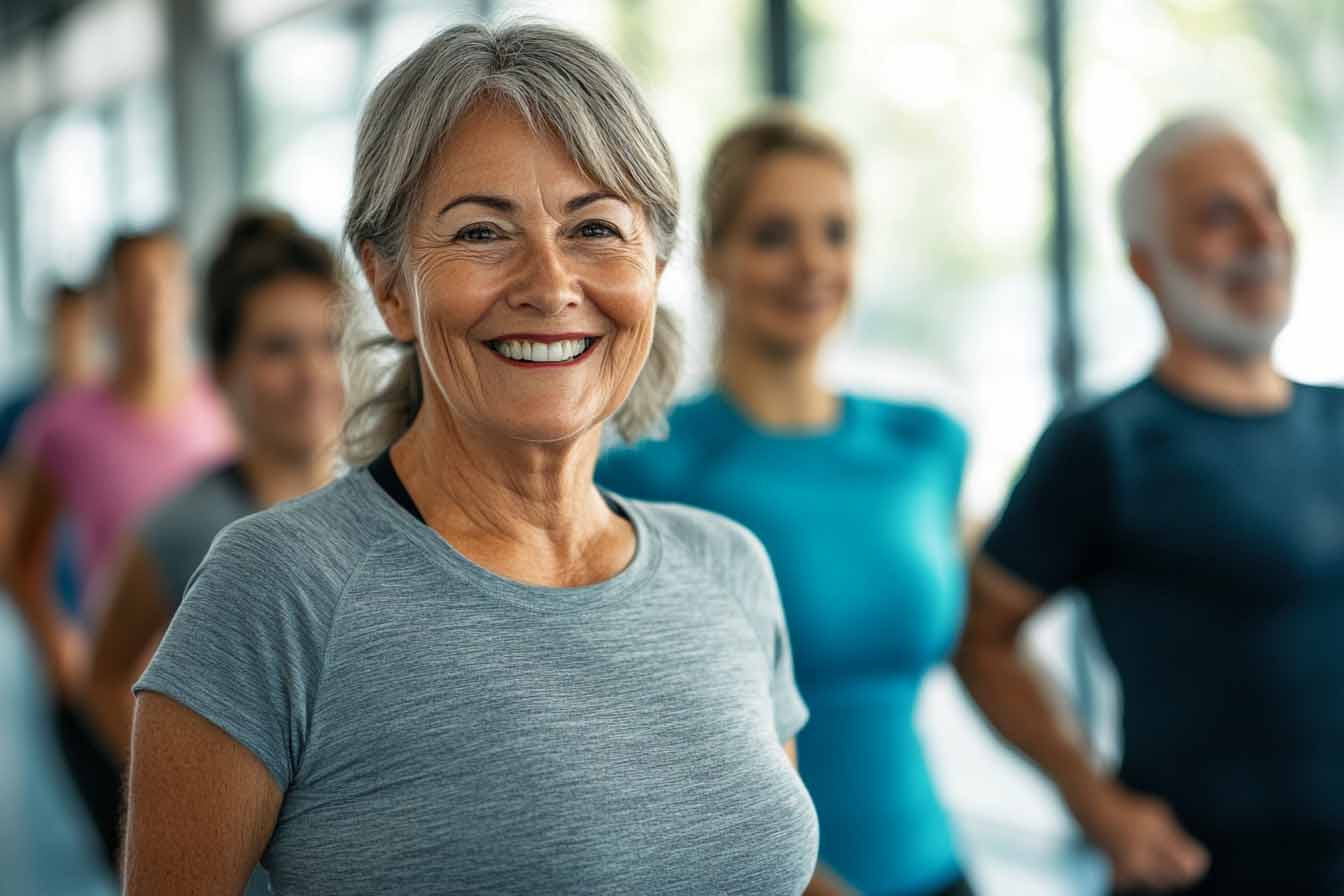Lower body gua sha massage is a powerful way to release muscle tension, improve circulation, and promote relaxation. By using a gua sha tool to perform scraping strokes along key muscles and meridians in your legs, hips, and feet, you can enjoy the same benefits as a deep tissue massage without the need for invasive procedures. If you’re unfamiliar with gua sha, check out our guide on gua sha basics to get started. Below are seven lower body gua sha techniques that will help you relieve tension and enhance blood flow.
“For those who experience hot, sweaty feet or tired, swollen legs, massaging with a cold gua sha can be refreshing and revitalizing. While a cold gua sha is effective for initial cooling, following it up with a warming massage helps reduce puffiness and promote deeper relaxation.”
— Ms. Mai Sogawa, Senior TCM Therapist
1. Gua Sha for Tight Calves
Calf muscles often become tight due to standing or walking for extended periods. To perform gua sha on your calves:
- Position: Sit comfortably and place your leg on a pillow or chair.
- Technique: Apply a small amount of oil to your calf, then use the gua sha tool to scrape upward from your ankle to just below the knee.
- Stroke Type: Use long, firm strokes with moderate pressure.
- Duration: Repeat each stroke 6–8 times, focusing on areas that feel especially tense.
- Benefits: This technique helps relieve tightness, improves circulation, and can prevent calf cramps.
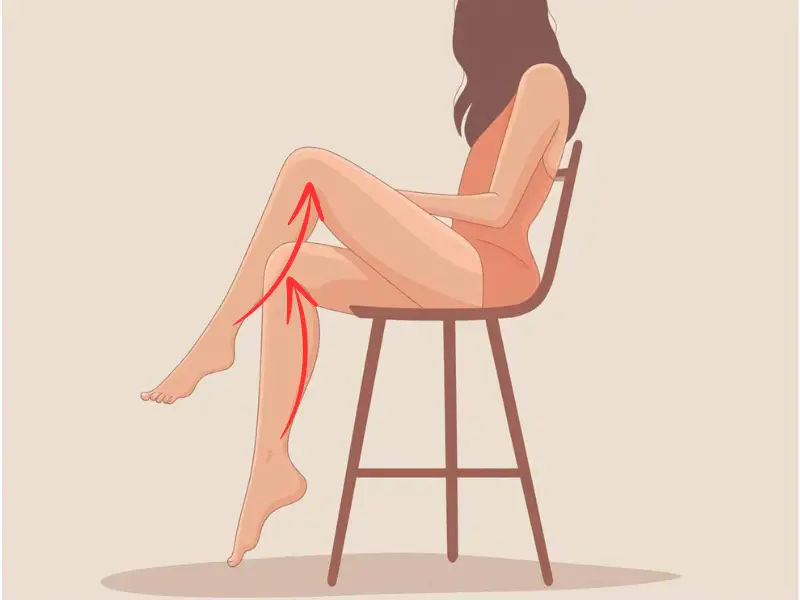
2. Hamstring Release
Tight hamstrings are common, especially for those who sit for long periods or engage in heavy lifting. Gua sha can alleviate this stiffness and restore flexibility.
- Position: Sit on the edge of a chair with your legs extended.
- Technique: Start at the back of your knee and scrape upward along the hamstring muscle to your glutes.
- Stroke Type: Use broad, sweeping strokes with the flatter side of your tool.
- Duration: Perform 5–7 strokes, increasing pressure gradually.
- Benefits: This technique helps loosen the hamstring, improves flexibility, and supports recovery from muscle strains.
3. Hip Flexor Relief
The hip flexors can become strained from prolonged sitting, running, or cycling. Gua sha can release tension and improve range of motion in this area.
- Position: Lie on your back and bend your knee slightly.
- Technique: Start from the upper thigh and move the gua sha tool in small circular motions around the front of the hip, working toward the groin.
- Stroke Type: Use gentle pressure, as the hip flexor area can be sensitive.
- Duration: Spend 3–5 minutes on each side.
- Benefits: This technique releases tightness in the hip flexors, improves hip mobility, and reduces lower back pain.
4. Quadriceps Muscle Massage
The quadriceps are often sore from activities like squatting, running, or cycling. Gua sha can help reduce soreness and enhance muscle recovery.
- Position: Sit or lie down comfortably, with your knee bent.
- Technique: Apply oil and use the gua sha tool to scrape from the knee upward toward the hip.
- Stroke Type: Use broad, firm strokes along the muscle and lighter strokes around the knee.
- Duration: Repeat 8–10 strokes along each section of the quadriceps.
- Benefits: This technique helps alleviate soreness, increases blood flow, and prevents muscle tightness.
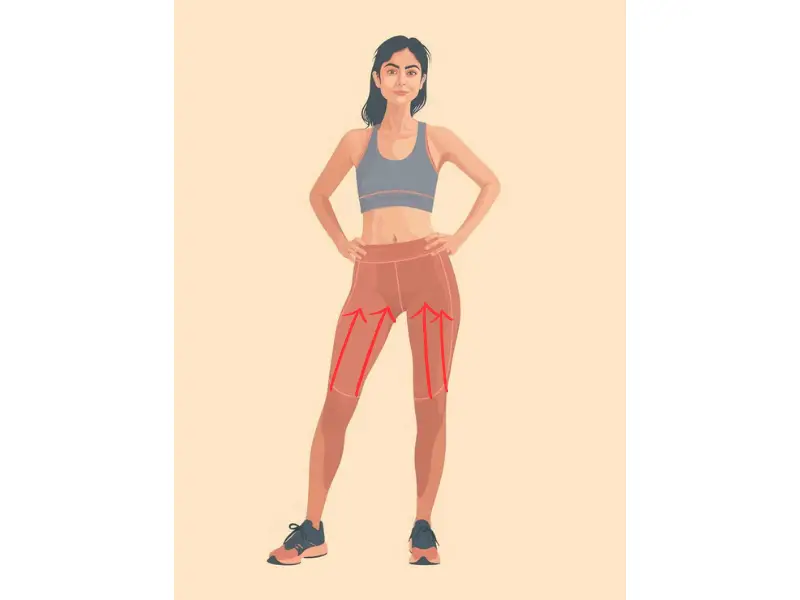
“When using gua sha on elderly individuals, it’s essential to apply very gentle pressure and avoid dragging the tool across the skin to prevent any damage. A gentle vibrating motion is more suitable, as it minimizes the risk of bruising or skin irritation, particularly for those with sensitive skin or circulation issues.”
— Ms. Mai Sogawa, Senior TCM Therapist
5. Inner Thigh Stimulation
The inner thighs can become tight and tender from activities like running, dancing, or prolonged sitting. Gua sha can be used to gently release tension in this area.
- Position: Sit with your legs extended and slightly apart.
- Technique: Use a gua sha tool to scrape along the inner thigh, starting from just above the knee and moving toward the groin.
- Stroke Type: Apply light pressure and use shorter strokes for sensitive areas.
- Duration: Perform 5–7 strokes, focusing on tight spots.
- Benefits: This technique helps release tension, promotes lymphatic drainage, and improves flexibility in the adductors.
6. IT Band Tension Relief
The iliotibial (IT) band runs along the outer thigh and can become sore from repetitive movements like running. Gua sha can provide effective relief from IT band syndrome and improve mobility.
- Position: Lie on your side and extend your leg.
- Technique: Start at the outer knee and scrape upward along the IT band toward the hip.
- Stroke Type: Use broad, moderate-pressure strokes, being careful not to apply too much pressure on sensitive areas.
- Duration: Perform 5–7 strokes, moving gradually up the IT band.
- Benefits: This technique reduces IT band tightness, enhances mobility, and prevents knee pain.
7. Plantar Fascia Release
Plantar fasciitis or foot arch pain can significantly impact mobility. Gua sha on the feet can help release tension and promote healing in the plantar fascia.
- Position: Sit with your foot placed on a pillow or raised surface.
- Technique: Use a small gua sha tool to scrape the sole of your foot from the heel to the ball of the foot.
- Stroke Type: Use short, firm strokes with gentle pressure.
- Duration: Repeat 5–6 strokes in different directions across the arch.
- Benefits: This technique helps relieve foot pain, enhances flexibility, and supports overall foot health.
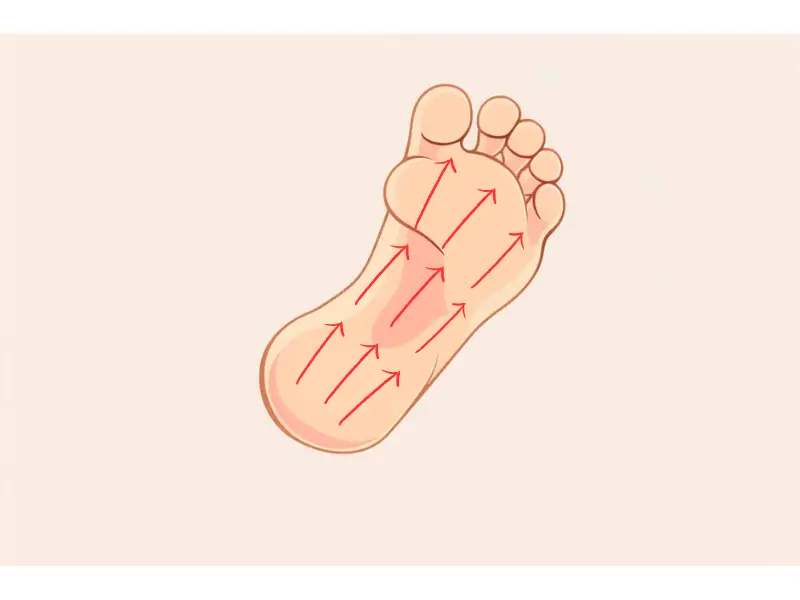
Incorporating these lower body gua sha massage techniques into your routine can provide significant relief from muscle tension, boost circulation, and support faster recovery from physical activity. As always, listen to your body and adjust pressure as needed for the most effective results. If you want to learn more about the basics of gua sha and how to incorporate it into different parts of your body, check out our comprehensive gua sha guide.

Try our Anti-Aging Gua Sha Tool designed to bring out your skin’s natural glow.
Best Gua Sha Product- Anti-Aging: The tool is designed to target 11 specific aging signs such as wrinkles and sagging skin. By following the 7-step routine, users can improve skin firmness and reduce fine lines naturally.
- Enhances Skincare Routine: It works effectively with serums and lotions, boosting absorption and efficacy of skincare products.
- Visible Skin Improvement: Users can expect a smoother complexion, reduced puffiness, and a more youthful appearance.
 P. Sze
P. Sze 